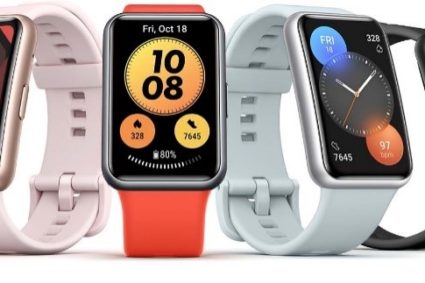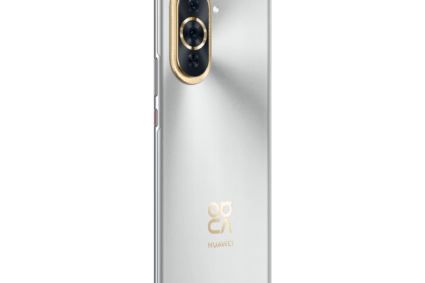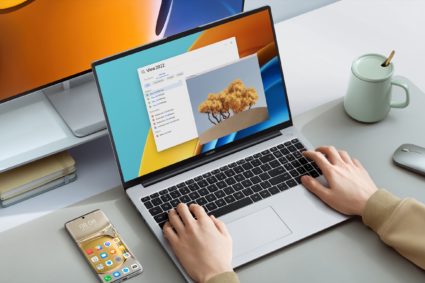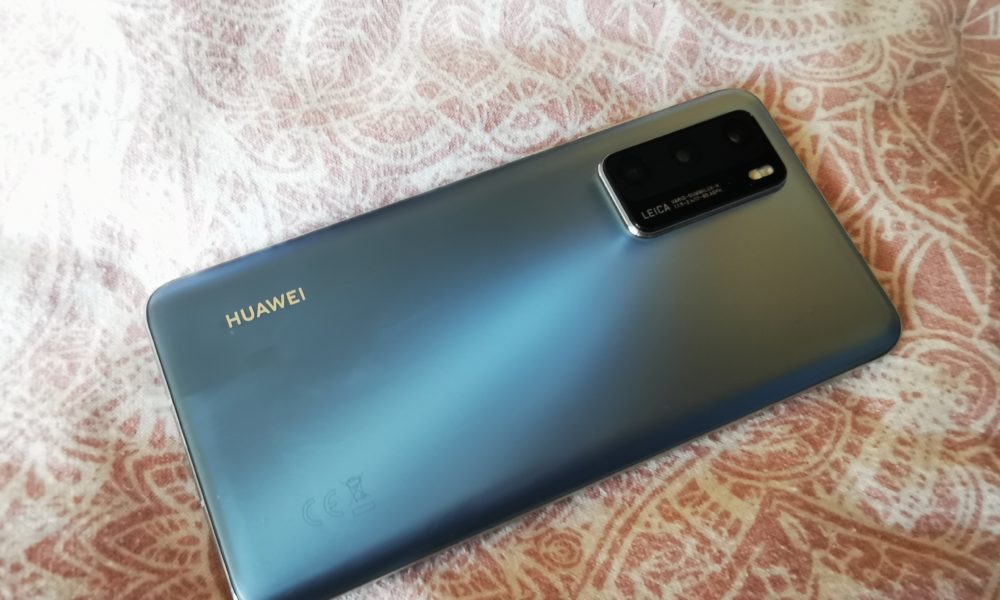
Can Huawei make it without Google? That’s been the pressing question for fans of the brand’s undeniably powerful and relentlessly gorgeous phones for the past few months now. It’s the biggest issue surrounding the recently release P40 series (as it was with the Mate 30 last year), and while the absence of Google Mobile Services is certainly felt, the answer isn’t a clear-cut no. It isn’t a clear-cut yes as well.
With the ongoing issues with Huawei and the US, hence Google, aren’t quite the death march some has predicted. Huawei, unsurprisingly, has shown plenty of resilience here and leant into swift and easy workarounds that lessen the pain of not having that smooth Google Android experience. You know, the one Huawei was forced to farewell after the P30 series.
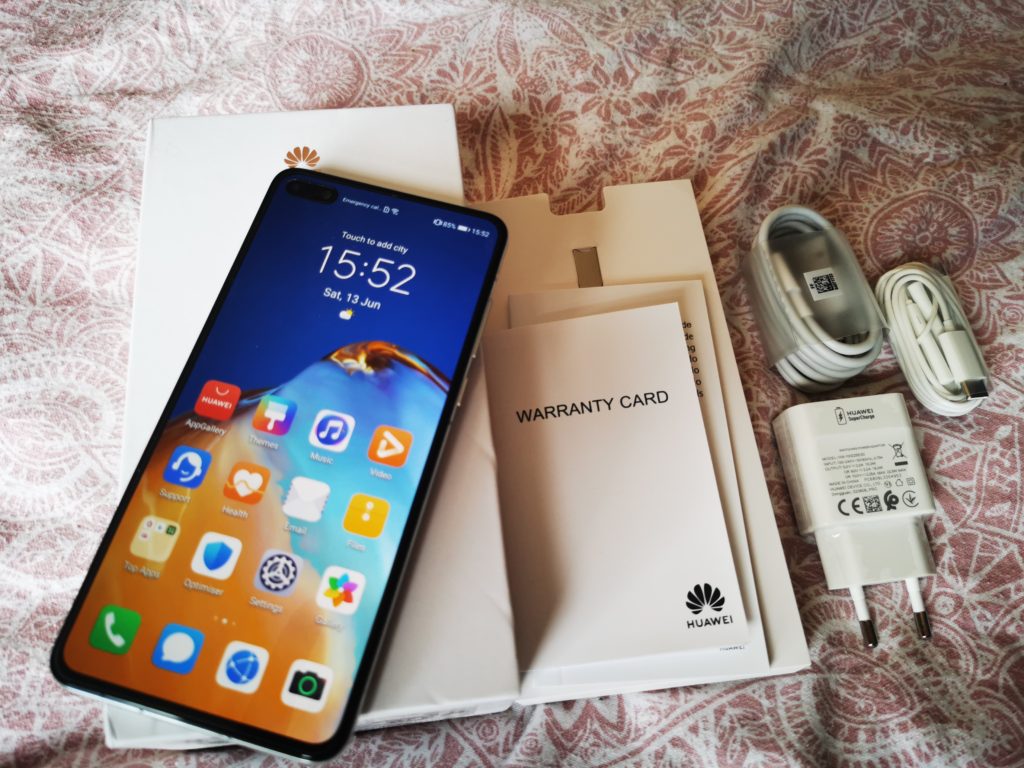
Instead, the P40 series is another show of strength from the Chinese tech company. And it’s the regular P40 that’s probably going to be the company’s proving ground for most people, seeing as it’s two bigger, more powerful siblings are much more expensive.
Much like the P30 line, the P40 Pro and new rank-leader, P40 Pro+ will be the more attractive options, but the rather ridiculously high prices will keep many out of that game, especially given uncertainty with the Google situation. Is it really worth making an investment that large when Huawei’s App Gallery remains unproven?
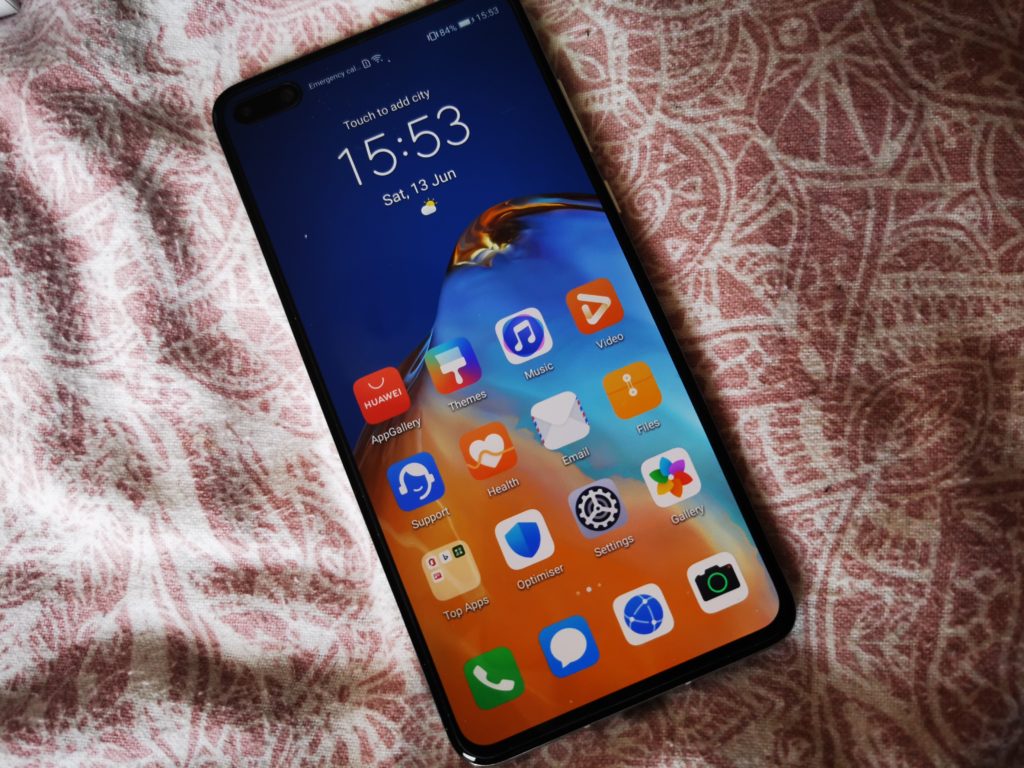
For starters, the P40 is pound-for-pound a better phone than the P30. Not the (still more expensive) P30 Pro, but the plain-Jane P30. Refocusing on how much value Huawei put into their entry-level device has paid off, here’s why.
Priced at £699 available from Huawei Store and Amazon UK
Specs
General
- Release Status: Release 2020, Apr
- Network Bands: 3G & 4G & 5G
- Dimension: 148.9 x 71.1 x 8.5 mm
- Weight: 175 g (6.17 oz)
- Body Type:
IP53 dust and splash protection - OS: Android 10.0 (AOSP + HMS); EMUI 10.1
- CPU: Octa-core (2×2.86 GHz Cortex-A76 & 2×2.36 GHz Cortex-A76 & 4×1.95 GHz Cortex-A55)
- Chipset: HiSilicon Kirin 990 5G (7 nm+)
- GPU: Mali-G76 MP16
- Internal: 8GB RAM, 128GB ROM
- External Memory: NM (Nano Memory), up to 256GB (uses shared SIM slot)
- Battery: Non-removable Li-Po 3800 mAh battery
Fast charging 22.5W
Connectivity
- 3G/4G Speed: HSPA 42.2/5.76 Mbps, LTE-A, 5G
- Wi-Fi: Wi-Fi 802.11 a/b/g/n/ac/ax, dual-band, Wi-Fi Direct, hotspot
- Bluetooth: 5.1, A2DP, LE
- NFC: Yes
- Infrared Port: Yes
- USB: 3.1, Type-C 1.0 reversible connector, USB On-The-Go
Camera & Video
- Primary: Triple: 50 MP, f/1.9, 23mm (wide), 1/1.28″, 2.44µm, omnidirectional PDAF, OIS + 8 MP, f/2.4, 80mm (telephoto), PDAF, OIS, 3x optical zoom + 16 MP, f/2.2, 17mm (ultrawide), AF
- Secondary: 32 MP, f/2.0, 26mm (wide), 1/2.8″, 0.8µm
IR TOF 3D, (biometrics sensor only) - Video: 2160p@30/60fps, 1080p@30/60fps, 720p@960fps; gyro-EIS
2160p@30/60fps, 1080p@30/60fps - Feature: Leica optics, LED flash, panorama, HDR
HDR
Screen
- OLED capacitive touchscreen, 16M colours
- 6.1 inches, 91.3 cm2 (~86.3% screen-to-body ratio)
1080 x 2340 pixels, 19.5:9 ratio (~422 ppi density)
Sound & Music
- Loud Speaker: -28.9 LUFS (Average)
- 3.5mm jack: No
- Radio: No
Design
Compared to the P40 Pro’s lanky 6.58-inch display, the P40 is absolutely fine chilling with a 6.1-inch panel on the front, and a protective high-gloss finish (silver-surfing breathing crystal is the way to go) on the back.
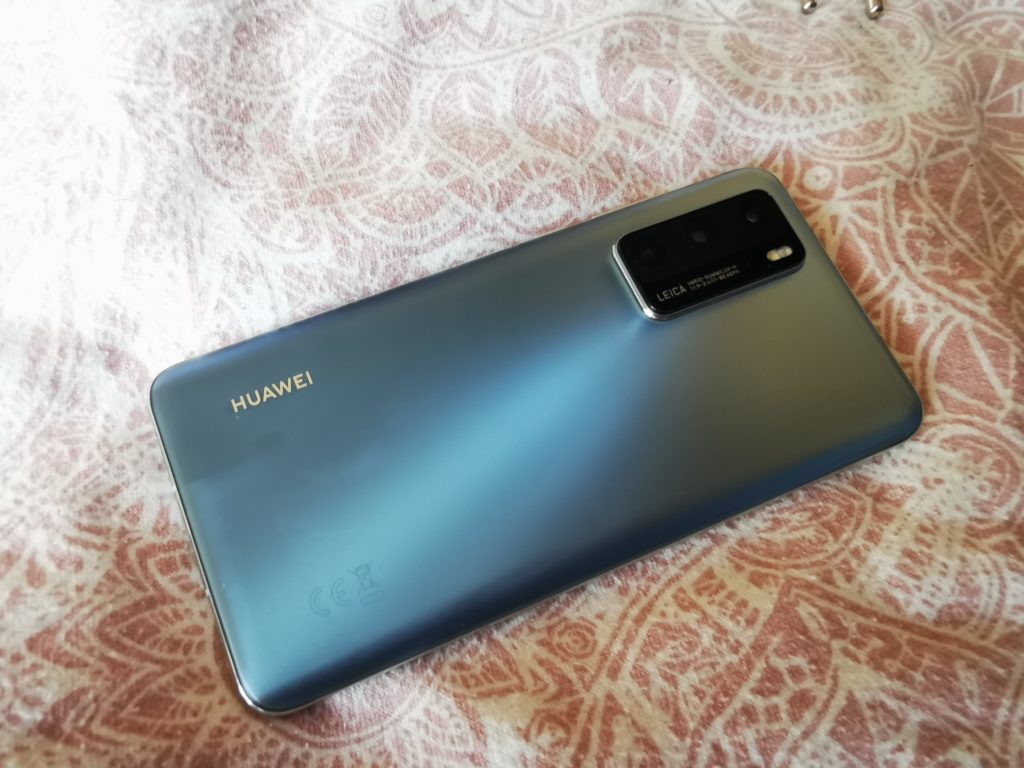
It’s perfect for one hand, not overreaching or annoying, but large enough to keep up with the “bigger is better” fashion modern smartphone companies are wont to do. Another big difference with the Pro is that the P40 doesn’t have an “overflow screen” jutting over the edges, but rather sticks with a flat display ringed by small bezels. That’s fine; some may even prefer it.
Despite a disappointingly low refresh rate of 60Hz and pixel density of 442 PPI, the display still offers a fairly smooth experience, and you’ve also got the powerful Kirin 990 5G processor keeping it all together in unison with the phone’s many features.
Aesthetics are rounded out in a fairly unsurprising and safe manner. All the buttons are where they should be, and a USB-C port sits below. Most will have understandable issues with the sound that comes out of this thing thought, and for a phone sitting at over a grand, it’s obnoxiously bad. We’re talking one-sided sound with next to no depth, given the lack of stereo speakers. Streaming shows on this is unbearable without a good set of Bluetooth headphones.
Huawei’s processor here (Kirin 990) is the same as you’ll get in the Pro model, and it’s an outstandingly sturdy workhorse. Possibly, it was included as an olive branch for western consumers who may think twice given the lack of Google action.
Then there’s the EMUI and open-source Android, which definitely feels cheap in some regards, but mostly plays to its strengths and makes this much less of an issue.
But most (western users) will be appalled to hear they can’t officially get their favourite Apps onto this thing. Netflix, Uber, Instagram – all programs that have become entrenched in our daily lives, none of which can be downloaded through Huawei’s proprietary App Gallery (yet, at least).
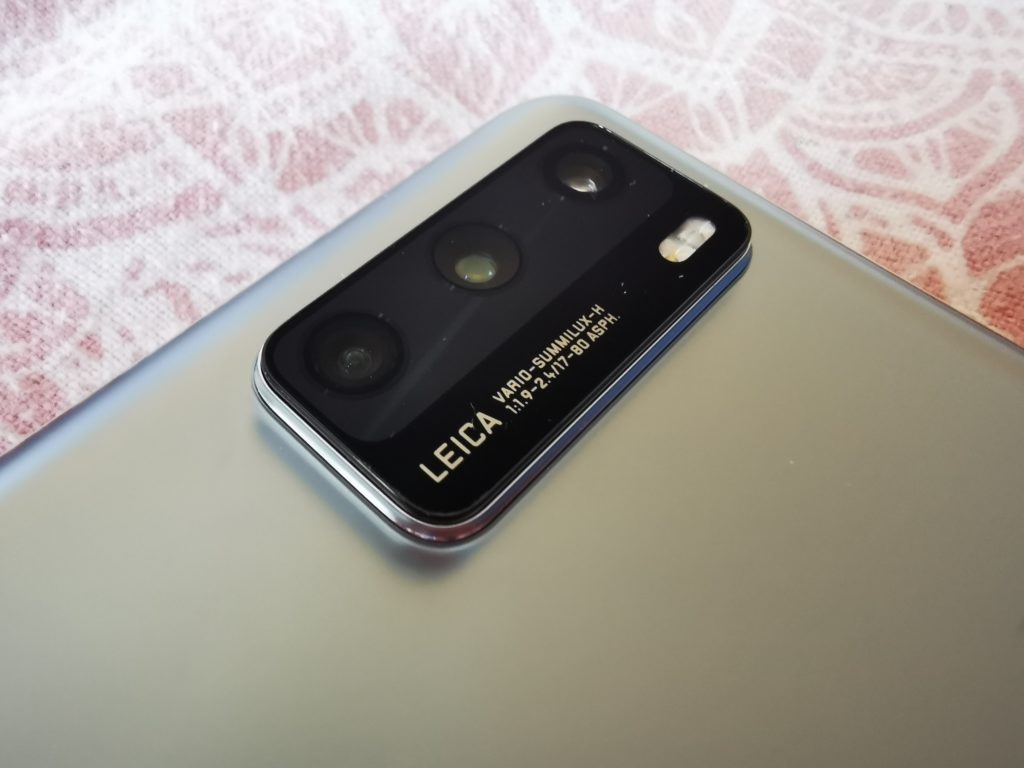
The App Gallery is home to more than 75,000 apps, and Huawei has made a huge investment ($1 billion) in ballooning that.
The good news is that the lack of access to Google Play Store’s almost 2.5 million apps (and Apple App Store’s 2 million) isn’t as much of an issue regarding most of your favourites. That is thanks to Huawei’s Phone Clone tool, which cannot be more straight forward and simply imports apps from any other phone (even an iPhone) to the P40. This also goes for photos, contacts and other data, if you want.
You can also download many apps like Facebook and WhatsApp from your browser, or rely on the web versions of some. Although web versions mostly always feel like too much of a compromise.
The bad news is that cloned apps lose the ability for automatic updates, and any that rely on Google services are useless. I also tried phone cloning PokemonGo over from my P30 Pro to the P40 and it just didn’t work, despite everything else (like Adobe Lightroom, WhatsApp, and Messenger) importing (and running) with no issue.
Camera
One of the few distinctive design choices – always hotly contended – modern smartphone companies have left is how they choose to present their rear-facing camera system. With the P40, Huawei has opted for a neat rectangular bump on the back, and while it is raised quite a bit, its resemblance to a mini version of the actual phone’s body is a nice concept.
The headliner of this wide-ultrawide-telephoto triple threat is a 50MP (f/1.9) powerhouse, assisted nicely by a 16MP (f/2.2) ultra-wide-angle camera and an 8MP (f/2.4) telephoto. As with the P30 series, the option to stick with a red-yellow-yellow-blue (RYYB) sub-pixel sensor produces fantastic, consistent results.
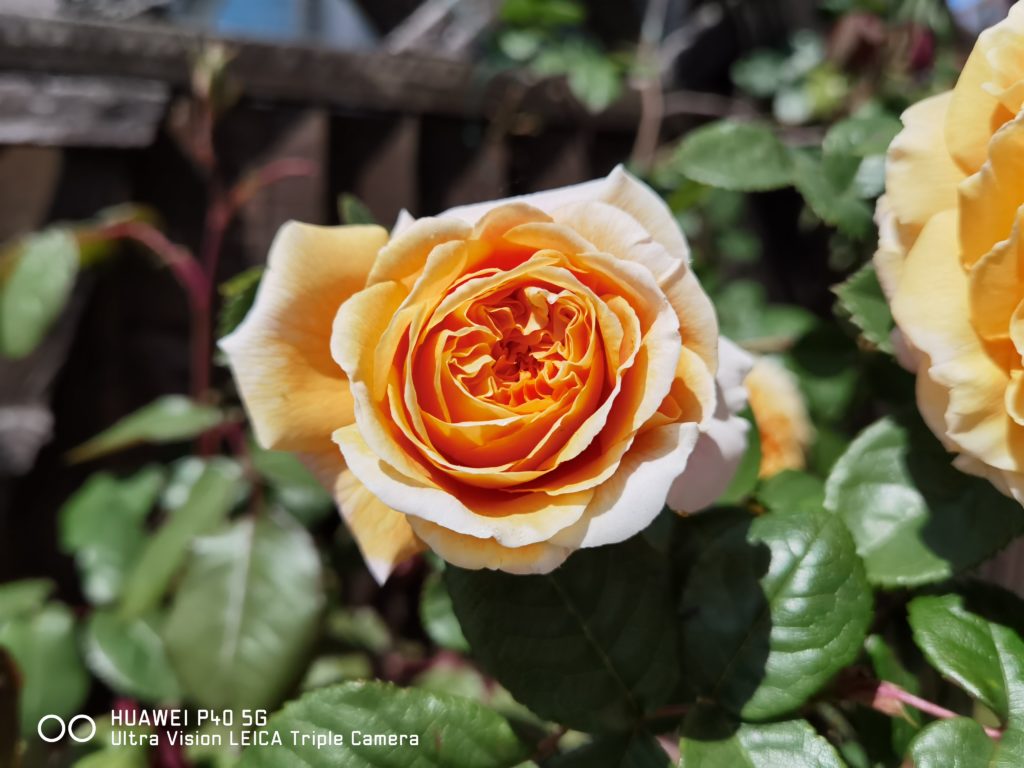
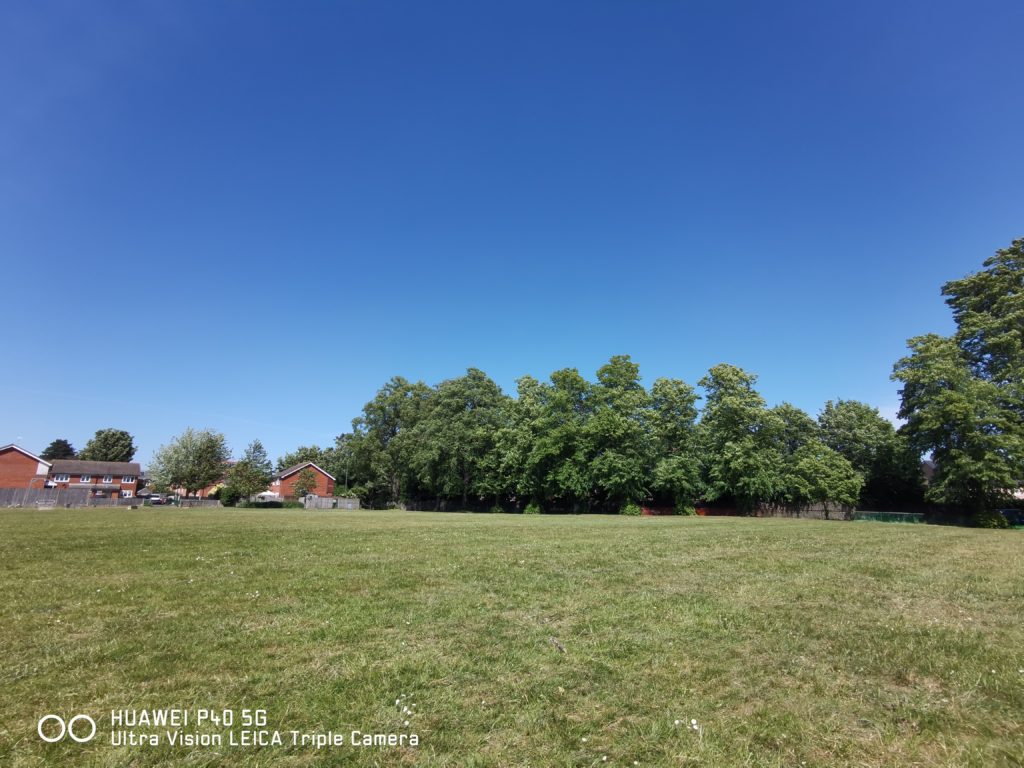

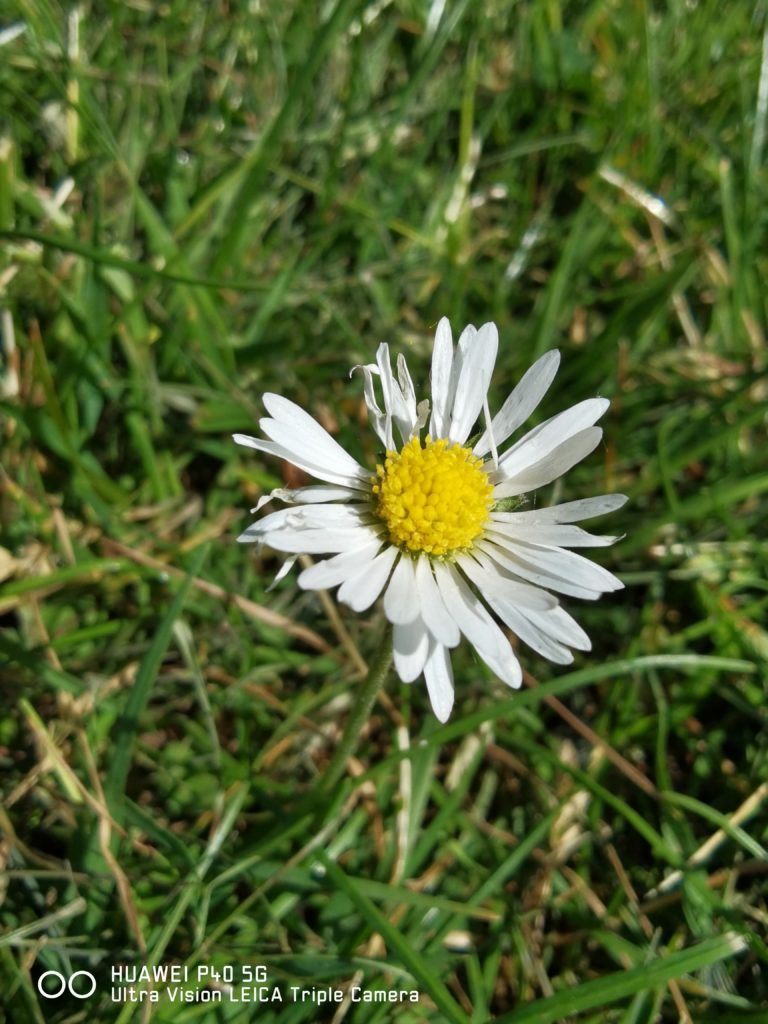
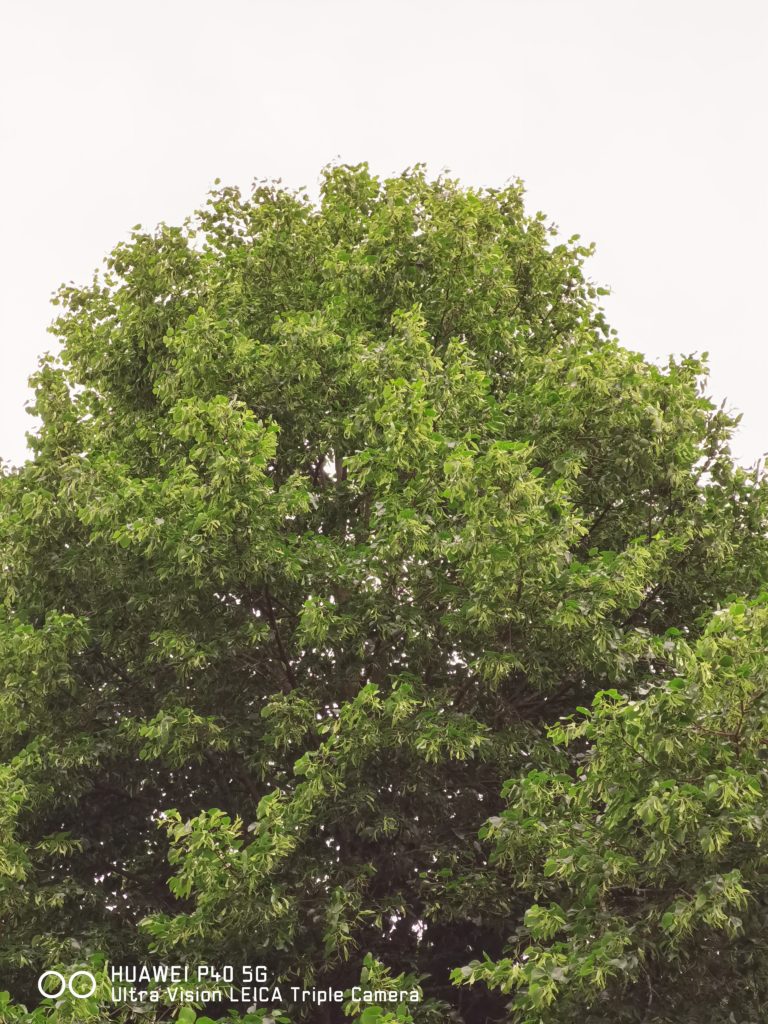
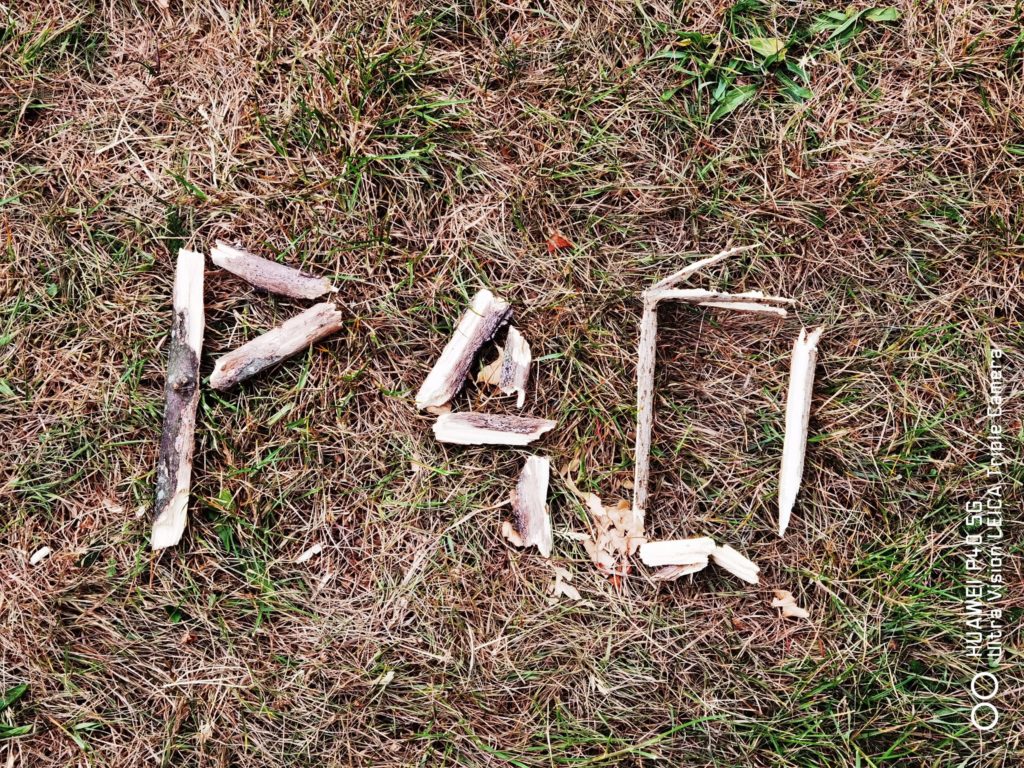
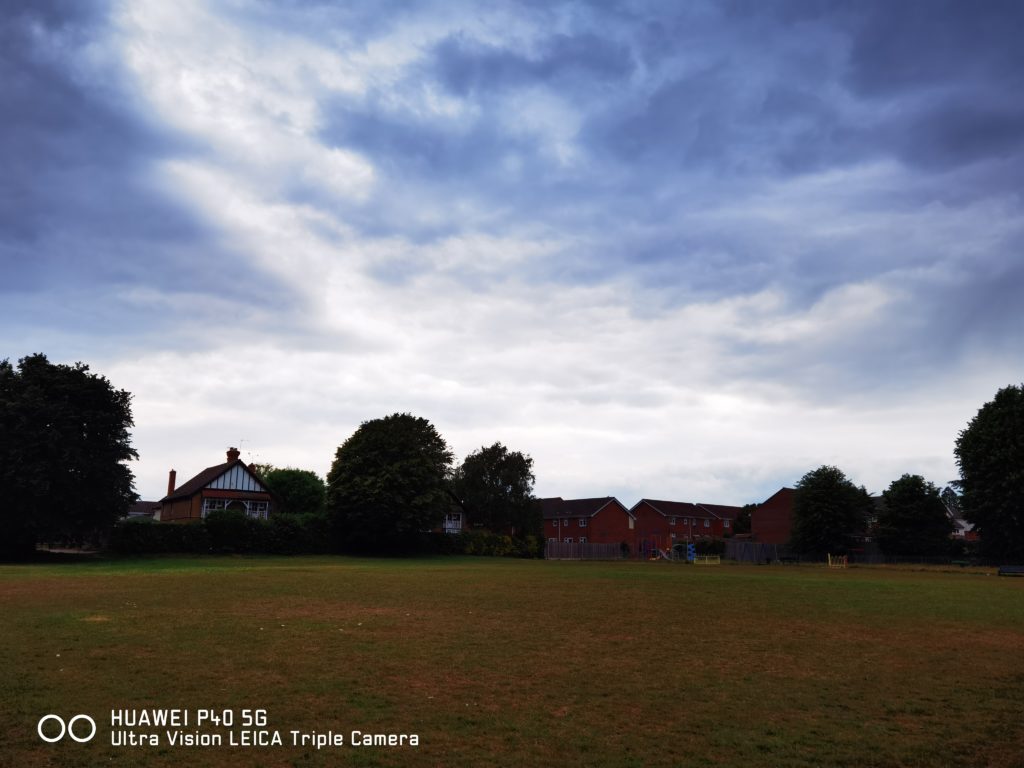



The dynamic range is superb across lighting conditions, and the AI features always make quick and snappy enhancements that produce meaningful results. Huawei already proved how much they dominate when it comes to low-light, and nothing’s really changed here. The P40 deals with light and shadows impressively well, and white balancing is near-perfect considering this is only an entry-level for the line.
However, P30 Pro’s most memorable mode isn’t really all that memorable here. That’s Night Mode, mind you. With the P30 Pro, even during the daytime Night Mode would rest with the “wow” factor. Here, Night Mode doesn’t really produce anything significantly better than just shooting in Pro or standard mode. Night Mode also seems to over-sharpen images and result in all of this largely unnecessary contrast. Although upscaling works well in most cases, Night Mode it tends to overreach.
What Huawei is calling “Golden Snap” brings in some neat features, and the results are also a bit mixed. With this, which was made available to all Huawei P40 phones with a recent update, you can edit a passer-by out of the frame, and remove haze from a scene. You can even remove unwanted reflections, although I found this works well with bright photos and might as well not work with darker photos.
Content creators will get a kick out of how incredible stable capturing video in 4K is, especially when it comes to selfie videos. Just plain selfies also look good, thanks to an added depth sensor that separates objects fairly well.
Battery
There’s no wireless charging on the P40, which is a shame for those who’ve gotten used to the extra convenience. It’s never really bothered me personally though, and with the enormous 3,800mAh battery, it matters even less. Huawei has always been reliable when it comes to outstanding battery life, and here, you can easily get over a day out of this even with use more intensive than average. That being said, my day-use looks much different nowadays given the whole lockdown thing. I’m using the camera much less, but gaming much more.
Verdict
The entry-level P40 may not be as alluring as the P40 Pro or higher-end P40 Pro+ (with its fancy 10x optical zoom and other statements of superiority), but it’s possibly the company’s finest example of balance to date. The cost keeps it relatively accessible, it has enough key features to compete with more expensive phones, and it works like a charm.
Although the camera is certainly impressive, I did expect more from the P40. Maybe it’s because my experience with Huawei’s camera capabilities in the past has been so good. But I would have assumed a much more elegant experience. That being said, I am comparing the P30 Pro with the P40.
The workarounds to negate Google’s absence are certainly admirable, and inventive ways to atone for a very glaring issue, but the effort – however minimal – required to circumvent Huawei’s Google-less shortcomings, maybe too much to ask the average consumer.
TNC Score 3.8/5

